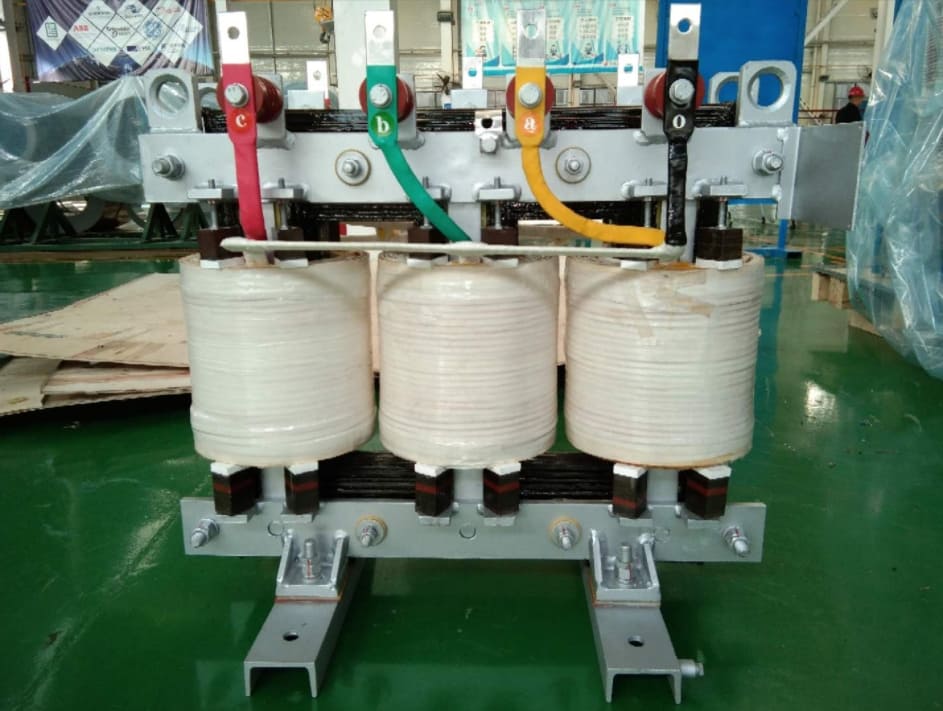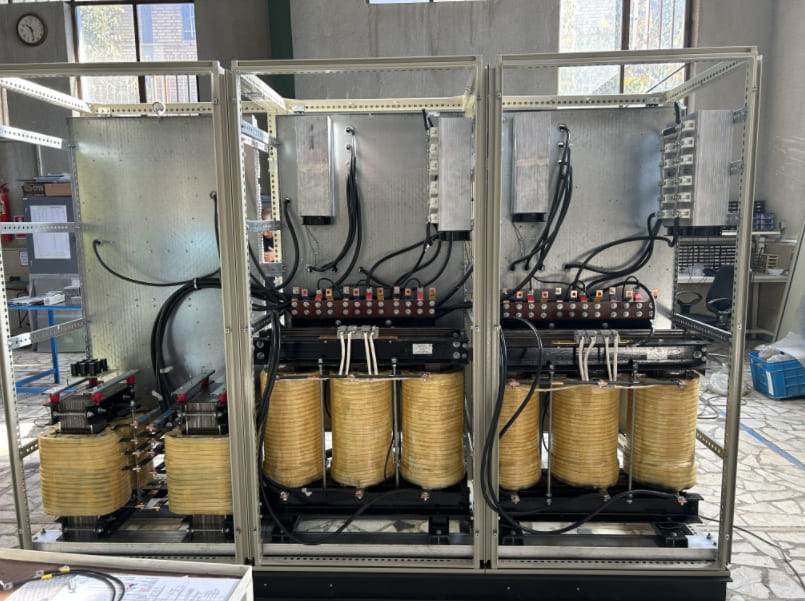Differences between Dry-Type Transformer and Rectifier Transformer:
Insulating medium:
Dry-type transformers: Use air or solid insulating materials, such as insulating paper or epoxy resin, to provide insulating properties.
Rectifier Transformer: Designed primarily for connection to a rectifier, typically using oil as the insulating medium to provide insulating properties and cooling.

use:
Dry-type transformers: Typically used in indoor applications that require a relatively clean environment, such as commercial buildings, factories, etc.
Rectifier transformer: Specifically designed to be connected to a rectifier to convert AC power to DC power, commonly found in DC transmission systems and industrial DC power systems.
cooling system:
Dry-type transformer: Cooled by air circulation or natural convection, no additional cooling medium is required.
Rectifier transformer: Oil is required as an insulating medium and also for cooling. Heat is dissipated through oil flow or oil cooling equipment.

Environmental suitability:
Dry-type transformer: Suitable for indoor applications with high environmental requirements.
Rectifier transformers: Since they are generally larger, they may be more suitable for outdoor environments, such as DC transmission stations.
Maintenance and costs:
Dry-type transformers: are generally easier to maintain, do not involve oil pollution issues, and are more environmentally friendly.
Rectifier transformer: The oil quality needs to be checked and maintained regularly, and there is a risk of possible oil leakage and oil contamination.
Overall, the choice between a dry-type transformer or a rectifier transformer depends on the specific application needs, environmental conditions, and considerations of maintenance and operating costs.

Tags:
Enameled Wire Copper wire Aluminum wire Enamelled wire Aluminum Winding Wire Magnet wire Modified polyester Round copper wire Heat resistance Enameled aluminum wire